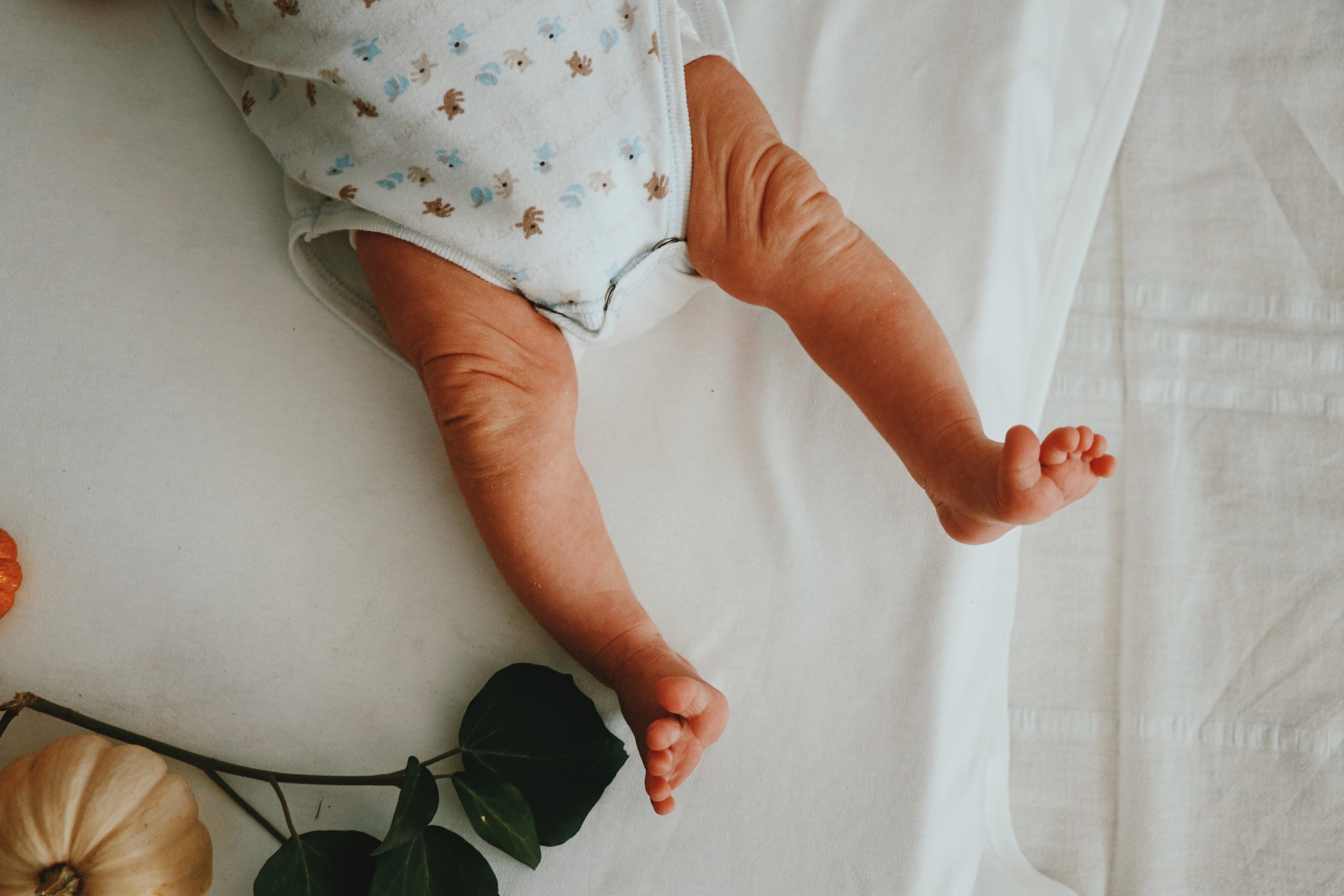Change Newborn Diaper At Night
The frequency of changing nighttime diapers varies depending on several factors, including how much your baby urinates or poops and their sensitivity to wetness.
Factors Affecting Frequency:
1. Individual Needs:
- Digestive system: Pay close attention to their feeding habits and bowel movements. Breastfed babies often have multiple small poops a day, while formula-fed babies might have fewer, larger ones. Adjust your changing schedule accordingly.
- Activity level: More active babies tend to fill their diapers faster. Observe their movement and fussiness to gauge their individual needs.
- Urinary output: Some babies simply have smaller bladders or higher fluid intake, requiring more frequent changes. Track wetness with diaper checks and adjust your schedule if needed.
2. Feeding Habits:
- Breastfeeding: Breast milk is highly digestible, leading to more frequent, smaller stools. Expect to change their diaper after each feeding or as needed throughout the night.
- Formula feeding: Formula takes longer to digest, resulting in less frequent but larger stools. You might be able to go longer stretches between changes depending on your baby’s individual pattern.
- Combination feeding: If you combine breast and formula, observe your baby’s bowel movements to determine their specific changing needs.
3. Sleep Cycles:
- Deep sleep: Most babies cycle between light and deep sleep during the night. Light sleep phases might be interrupted by discomfort from a full diaper, requiring a change.
- Sleep training: Sleep training can lead to longer sleep stretches, potentially reducing the need for nighttime diaper changes. However, every baby’s response to sleep training varies.
- Observe your baby’s sleep patterns: If they wake up frequently or seem uncomfortable even with a dry diaper, consider a change to address potential discomfort.
4. Diaper Absorbency:
- Diaper type: Choose diapers specifically designed for nighttime wear with higher absorbency to minimize leaks and promote longer sleep stretches. Look for features like extra layers, higher capacity, and leak-proof cuffs.
- Diaper size: Ensure the diaper fits snugly but comfortably around your baby’s legs and waist. A loose-fitting diaper might leak more easily, requiring more frequent changes.
- Double diapering: For heavy wetters, consider using two diapers at night for extra absorbency. However, be mindful of potential overheating and adjust as needed.
5. Skin Sensitivity:
- Frequency vs. irritation: While frequent changes prevent moisture-induced irritation, over-changing can disrupt sleep and potentially cause other skin concerns.
- Observe skin reactions: Watch for signs of redness, chafing, or other irritation that might indicate their diaper needs changing more frequently.
- Barrier creams: Using a zinc oxide-based barrier cream before each change can help protect delicate skin and reduce the need for frequent changes due to minor wetness.
General Guidelines Of Diaper Change:
Newborns (First Few Weeks):
- Explore “Why frequent changes?”: Understand the reasons behind the more frequent changes during this early stage, such as their immature digestive system, smaller bladders, and higher vulnerability to skin irritation.
- Consider alternatives: Research “cluster feeding” and its impact on diaper changes. Explore strategies for managing frequent changes without disrupting sleep too much, like having changing supplies readily available and minimizing unnecessary stimulation during changes.
- Address nighttime feeding: Discuss whether changing diapers every feeding at night is absolutely necessary, or if some flexibility can be considered based on your baby’s behavior and diaper wetness.
Older Newborns (3-6 Months):
- Explore developmental changes: Understand how changes in sleep patterns, feeding routines, and digestive systems affect diaper needs at this stage.
- Gradual transitions: Discuss how to gradually transition from frequent changes to a longer sleep stretch without compromising hygiene or comfort. Explore signs to watch for indicating the need for a change despite longer intervals.
- Individual differences: Emphasize the importance of observing your baby’s individual cues and adjusting the changing schedule accordingly, even within this age range.
6 Months and Beyond:
- Sleeping through the night: Explore factors influencing whether babies truly sleep through the night without needing a diaper change, like individual development, diaper type, and environmental factors.
- Leak management: Discuss strategies for minimizing leaks when babies sleep longer stretches, such as choosing appropriate diaper sizes and absorbency levels.
- Preparation for waking: Emphasize the importance of being prepared for a diaper change even if your baby sleeps through most of the night, including having necessary supplies readily available and knowing how to minimize disruption.
Additional Resources:
- Sleep Tracking Apps: Recommend specific apps that track sleep cycles and diaper changes to identify patterns and personalize your changing routine.
- Pediatrician Consultation: Highlight the importance of discussing your baby’s specific needs and any concerns with your pediatrician for tailored advice and recommendations.
- Gentle Sleep Training Research: Provide resources on research regarding gentle sleep training methods that might help encourage longer sleep stretches and potentially reduce nighttime diaper changes.
- Online Communities: Recommend online communities specifically focused on parenting newborns and young babies, where you can connect with other parents and share experiences and advice on managing nighttime diaper changes.
Tips for Minimizing Disruption:
1. Dim Lighting and Soothing Sounds:
- Explore lighting options: Discuss various alternatives like nightlights, red-hued bulbs, or blackout curtains to create a calming and sleep-conducive environment.
- Soothing sound machines: Explore different white noise machines, nature sounds, or lullabies that promote relaxation and minimize wakefulness during changes.
- Personalize the approach: Consider your baby’s preferences and experiment with different sound and light combinations to find what works best for them.
2. Change Quickly and Efficiently:
- Organize your changing station: Keep all supplies within easy reach on a well-lit changing table to minimize fumbling and unnecessary noise.
- Practice makes perfect: The more comfortable you are with the changing process, the quicker and smoother it will be. Practice during the day for more efficient nighttime changes.
- Multitasking (with caution): While changing, consider singing softly, talking calmingly, or gently stroking your baby to maintain a soothing presence.
3. Sing or Talk Softly:
- Calming vocalizations: Choose relaxing songs, hum lullabies, or engage in soft, reassuring talk to help your baby stay calm and minimize their startle response.
- Language and tone: Use gentle words, soothing sounds, and avoid loud or animated conversations that might stimulate wakefulness.
- Respond to their cues: Observe your baby’s reactions and adjust your singing or talking accordingly. If they seem agitated, consider quieter approaches like light humming or simply maintaining a calm presence.
4. Consider Double Diapering:
- Absorbency options: Explore different brands and types of diapers specifically designed for nighttime use with higher absorbency levels. Consider diapers with features like extra layers, leak-proof cuffs, and breathable materials.
- Assess individual needs: Not all babies require double diapering. Evaluate your baby’s wetness patterns and see if one diaper is sufficient for their nighttime sleep duration.
- Overheating concerns: Be mindful of potential overheating if using two diapers, especially in warmer climates. Ensure proper ventilation and avoid overdressing your baby.
5. Focus on Comfort and Cleanliness:
- Minimize unnecessary steps: Stick to the essentials for a quick and effective change. Avoid unnecessary cleaning or stimulation unless absolutely necessary.
- Warm wipes: Consider using slightly warm wipes for a more comfortable cleaning experience, especially in colder environments.
- Temperature check: Ensure your baby is comfortable during the change. Avoid exposing them to cool air for extended periods or using cold wipes.
Addtions For Diaper Changes :
:
- Detailed Sleep Tracking App: Use apps that monitor sleep cycles and diaper changes to identify patterns and adjust your routine accordingly.
- Consult Your Pediatrician: Discuss your baby’s specific needs and any concerns you might have regarding nighttime diaper changes.
- Research on Sleep Training: Explore gentle sleep training methods to encourage longer sleep stretches, potentially reducing nighttime diaper changes.
- Online Communities: Connect with other parents online to share experiences and advice on managing nighttime diaper changes.

